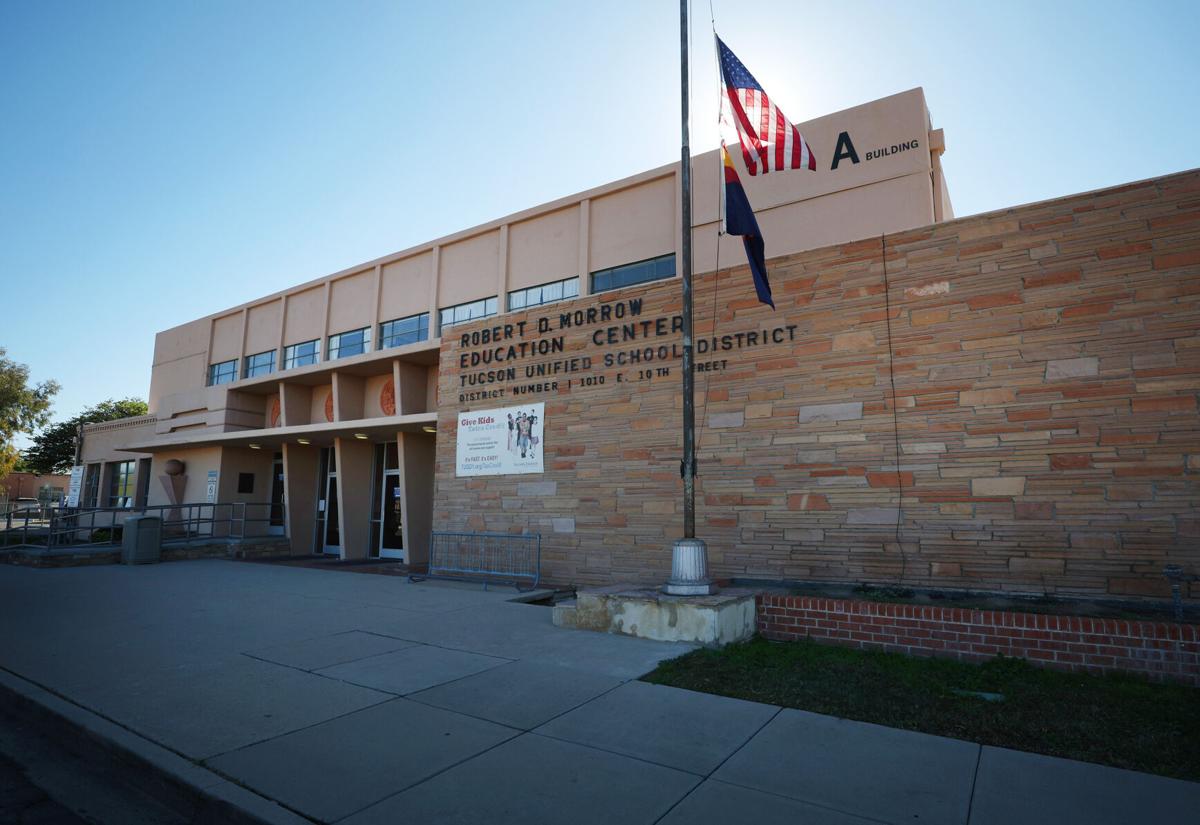School districts that spend money on court-ordered desegregation programs are not entitled to get reimbursed by the state, the Arizona Supreme Court ruled Monday.
The justices said state lawmakers did nothing wrong in 2018 when they said such costs were the sole responsibility of district residents and not of taxpayers across the state.
More to the legal point, the judges said the change in the law did not run afoul of a 1980 constitutional amendment limiting local taxes.
Monday’s ruling most immediately affects $8.1 million that a trial judge said Tucson Unified School District was entitled to get from the state after he found the 2018 legislative maneuver illegal.
But Adelita Grijalva, a former member of the TUSD board now on the county board of supervisors, said Monday’s ruling has implications beyond that. It means that local taxpayers will have to bear the full brunt of the cost of the desegregation programs from now on — or cut spending elsewhere.
“We have funding that’s specific to deseg that runs many of our programs and prevents us from going into backslide,” she told Capitol Media Services. And Grijalva said ending up under a court order — again — is not unheard of.
“Deseg was in effect for 40 years,” she said, back when her father was on the governing board in the 1970s. Grijalva said after she joined the board, it was out from under the court for about a year and a half “before we were taken back to court.”
Staying out from another court order, she said, requires continued spending.
“What will happen is that our school district is going to have to cut back on the programs that are critical to equity across the district,” Grijalva said.
And that could happen almost immediately: She said TUSD already has approved the budget for the new school year.
There also are financial implications for other districts around the state that still are under such orders or could be in the future. It means that they cannot count on the state to make up the difference once tax rates hit a certain point.
And, as the justices decided it, it even could mean that districts faced with court-ordered deseg costs would have to cut from elsewhere in their budgets.
At the heart of the issue is a 1980 voter-approved constitutional amendment that caps primary property taxes — generally the basic operating costs of running government and schools — at 1% of a home’s full cash value. That’s a figure that is supposed to represent the market value of the property.
So on a $400,000 home, the maximum primary property tax can be no more than $4,000 for all levels of government.
That cap, however, does not cover secondary property taxes, things that voters impose on themselves like bonds and improvement districts.
But since at least 1985, the cost of desegregation programs had always been considered part of the primary tax.
All that’s important because that 1980 constitutional provision says once a homeowner’s primary taxes hit that 1% figure — including all city, county and school district levies — the state is responsible for the excess. That meant once the desegregation costs were added, if the levy for homeowners in any given year exceeded that 1% cap, the state made up the difference.
That’s what happened in TUSD.
In 2018, however, then-Gov. Doug Ducey, looking for money to help finance his plan for teacher pay raises, proposed moving those desegregation expenses into the secondary tax category. The plan, adopted by the legislature, put the additional burden strictly on the local taxpayers, saving the state about $8.1 million that otherwise would be needed to be spent to keep the total primary property taxes for TUSD residential property owners below that 1% cap.
Tax Court Judge Christopher Whitten ruled in 2019 that lawmakers can’t do that.
He said what is and is not subject to that 1% cap is limited by the Arizona Constitution. And Whitten said lawmakers could not simply remove desegregation expenses from the list of what is classified as a primary property tax — and the limit — and make it part of the secondary property tax.
But Justice Robert Brutinel, writing Monday for the unanimous court, pointed out that the definition of what is a primary property tax and what is a secondary levy are not in the state constitution.
“Rather, the classifications are purely statutory and as such may be amended to be superseded at the discretion of the Legislature,” he wrote. And that, said Brutinel, means lawmakers did nothing wrong in determining that the deseg costs fell outside the limit beyond which the state needed to pick up the difference.
But this doesn’t simply mean that districts can budget for — and tax local residents — for all the costs of these programs.
Brutinel said regardless of how these expenses are classified, they still fall under the 1% limit because they do not fit within the exceptions of money that can be spent outside that limit, things like voter-approved bonds or a voter-approved exception to the expenditure limit.
“School districts and counties must do what they did before the Legislature started reimbursing them for desegregation expenses in 1985: reduce their overall expenditures either for desegregation or in other areas so that their tax levy complies with the 1% limit or pay such expenses with revenue not subject thereto,” he wrote.
That is what happened after the Court of Appeals first overturned Whitten’s decision in 2021.
Pinal County supervisors levied an additional 35-cent tax rate on residents of Maricopa Unified School District to pick up the costs no longer reimbursed by the state.
TUSD1 Davis Mariachi Summer Camp





